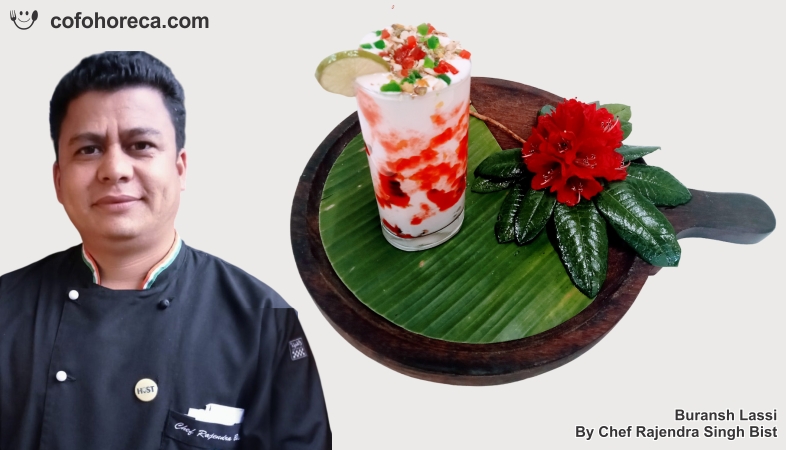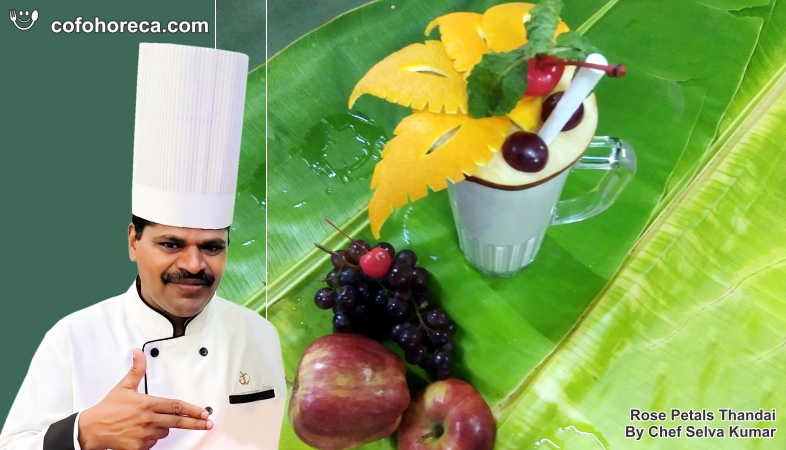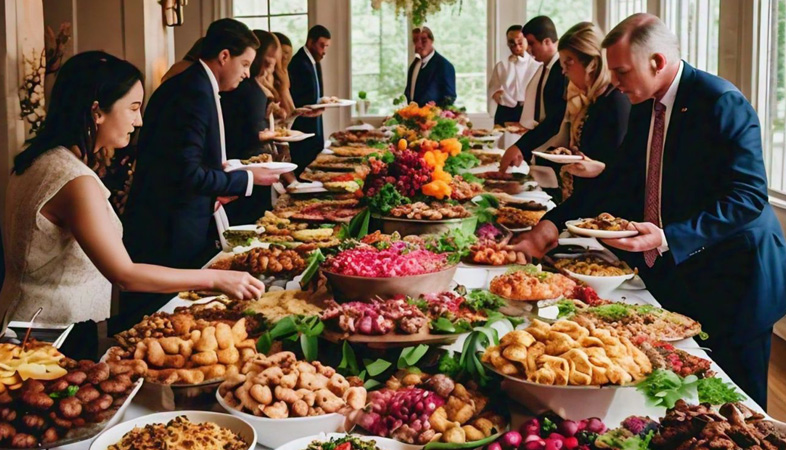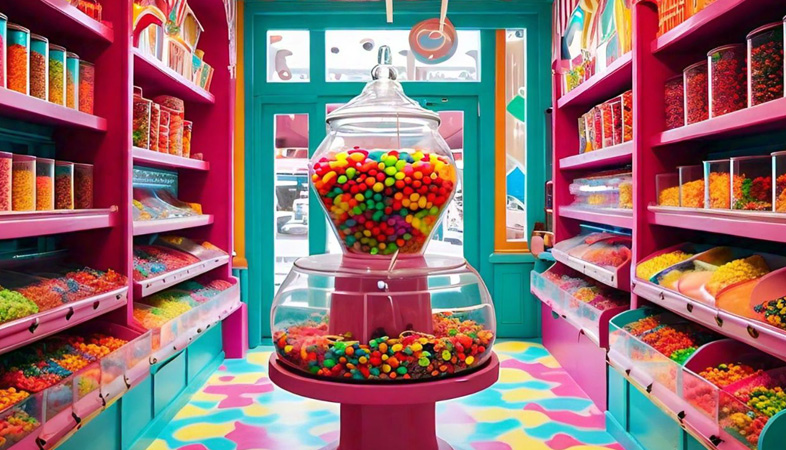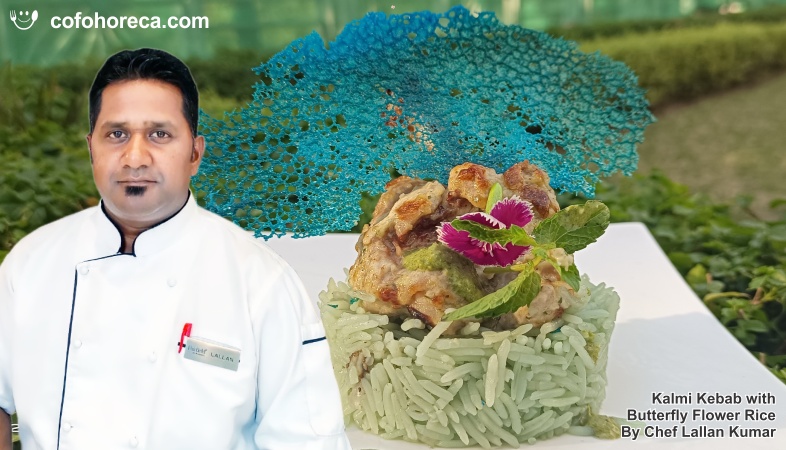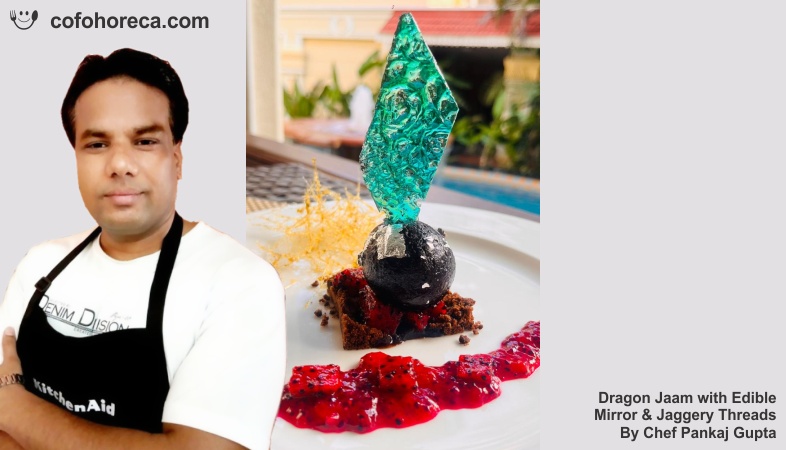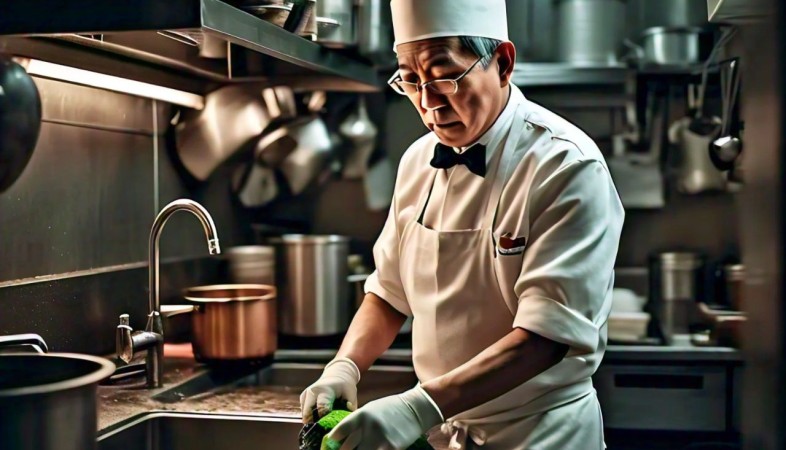The Magic of Molecular Gastronomy in Candy Making
This innovative approach blends science and culinary arts to create unique textures, flavors, and presentations that defy traditional boundaries.
Molecular gastronomy has revolutionized the culinary world,
including the art of candy making. This innovative approach blends science and
culinary arts to create unique textures, flavors, and presentations that defy
traditional boundaries.
At its core, molecular gastronomy explores the physical and chemical transformations that occur during cooking and food preparation. In candy making, this translates into experimenting with ingredients, textures, and techniques at a molecular level to achieve novel sensory experiences.
One of the key techniques in molecular gastronomy applied to candy making is spherification. This process involves transforming liquid ingredients into gel-like spheres that burst with flavor when consumed. Spherification allows candy makers to encapsulate liquids such as fruit juices, liqueurs, or syrups, creating surprising bursts of flavor and texture in each bite.
Another popular technique is foams and airs, which involve incorporating gases into candies to create light and airy textures. Foams can be infused with various flavors and colors, adding complexity and visual appeal to the final product. This technique enhances the overall sensory experience, making candies not only delicious but also visually captivating.
Gelification is another hallmark of molecular gastronomy in candy making, where gelling agents such as agar-agar or gelatin are used to create stable gels with unique textures. These gels can be infused with flavors, colors, and even incorporate edible decorations or inclusions, offering a multisensory delight to consumers.
Furthermore, the use of liquid nitrogen is a dramatic technique that instantly freezes ingredients, creating smooth and creamy textures in candies like ice creams or sorbets. Liquid nitrogen allows candy makers to achieve ultra-smooth textures and intense flavors that are difficult to replicate using traditional freezing methods.
Beyond techniques, molecular gastronomy encourages candy makers to experiment with unconventional ingredients and flavor combinations. From savory elements like herbs and spices to exotic fruits and floral essences, these innovative creations challenge traditional notions of what candy can be, appealing to adventurous consumers seeking unique gastronomic experiences.
Molecular gastronomy has opened new avenues for creativity and innovation in candy making. By applying scientific principles and modern techniques, candy makers can push boundaries, create unexpected textures and flavors, and delight consumers with candies that are not only delicious but also visually stunning and intellectually stimulating.
.png)







